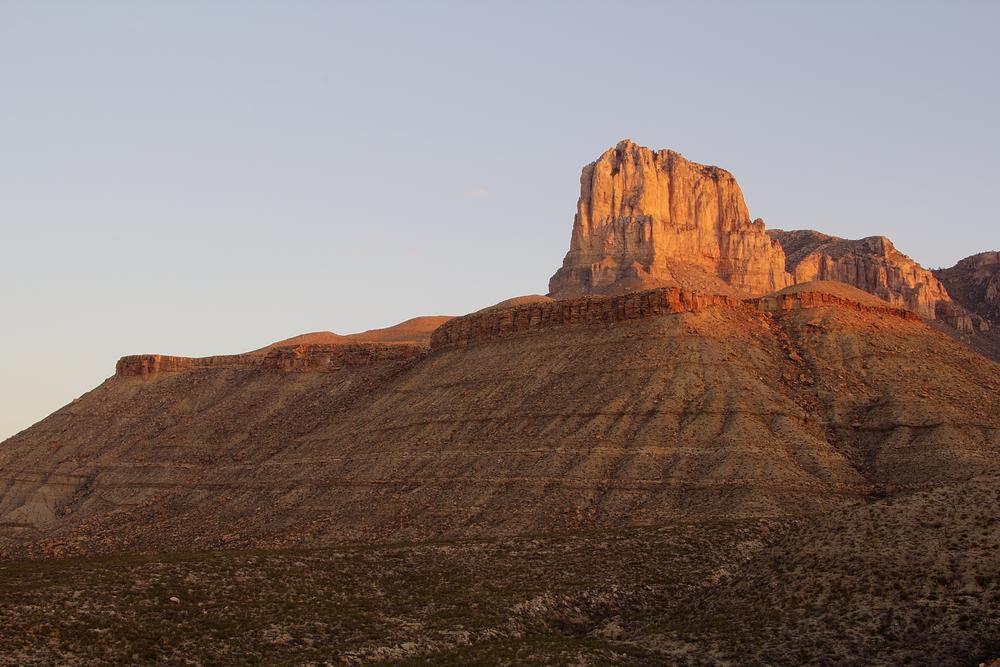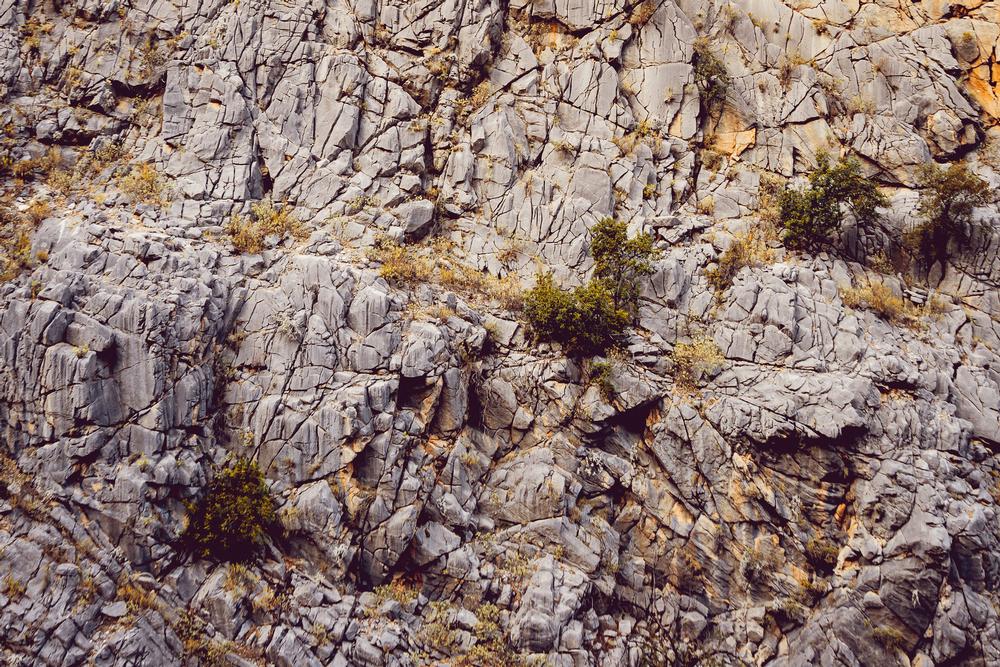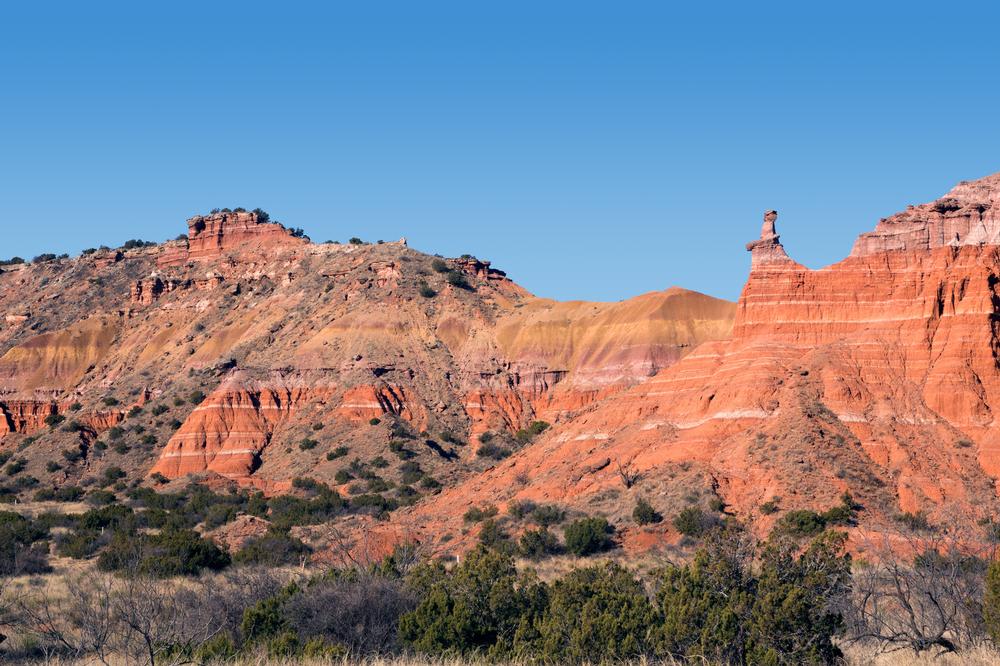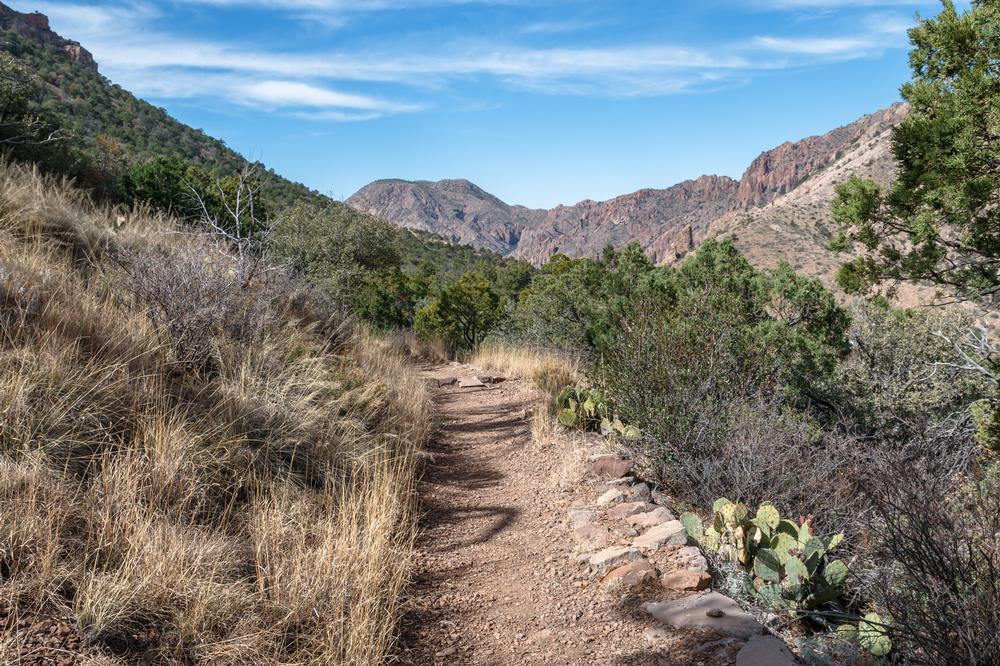I live in Austin and it takes a while to reach Texas mountains from here. But the drive is worth it. Texas mountains are rugged, remote, and surprisingly dramatic. I enjoy discovering a new ancient canyon, sleeping under the stars and roughing it and cooking my own meals.
If this is your first trip to the mountains of Texas, consider joining a tour. The first three are very challenging and you should only consider it if you are an expert. The last one you can do from the comfort of your car. But, still, be sure to prepare well because there's no cell service!
Best Mountains in Texas:
In Summary...
(and if you want to revisit my photo journey)






